CULTURE AS A VEHICLE OF CREATIVITY
Since Europe has enormous cultural and creative assets, creative generation has a crucial role in Europe’s future.
The real challenge for Europe is to make the best of its cultural diversity, in the context of globalisation. To a large extent, Europe’s future is dependent on its ability to transcend local identities, to enhance creativity but also to ensure the presence of diverse local identities in an international context.
Europe’s diverse cultures are a chance to stimulate creativity, as a motor of economic and social innovation. This culture-based creativity is linked to the ability of people to think inventively, to challenge the conventional, and to call on the symbolic and affective to communicate.
Education in general and the learning environment particularly, play a crucial role in developing and advancing creativity: it may comfort, stimulate or “kill” personal ability.
The development of technology and the opportunities that the digital media offer, mean that children and young people have access to many more platforms, for their creativity and inventiveness than were available some years ago.
A study that has been released by the European Commission explores the still underestimated links between culture, cultural diversity, creativity and social, scientific and economic innovation. This study is part of the 2009 European Year of Creativity and Innovation.

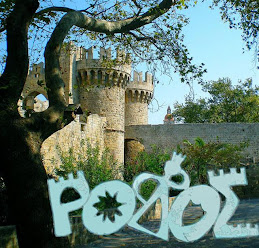.jpg)
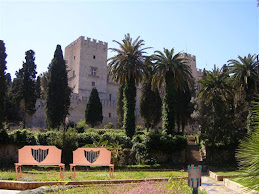.jpg)
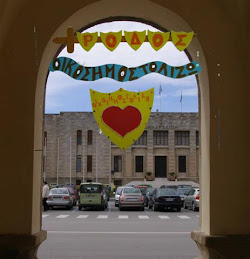.jpg)
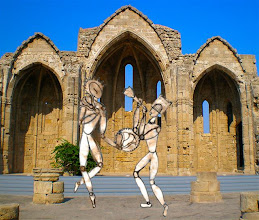.jpg)
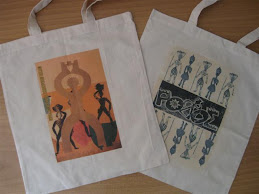.jpg)
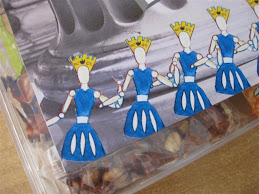.jpg)
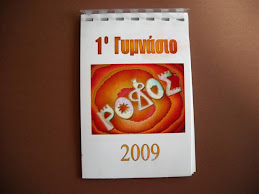.jpg)
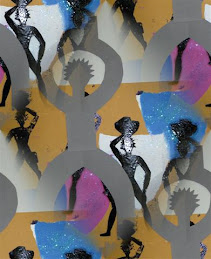.jpg)
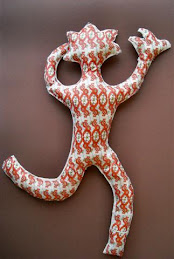.jpg)